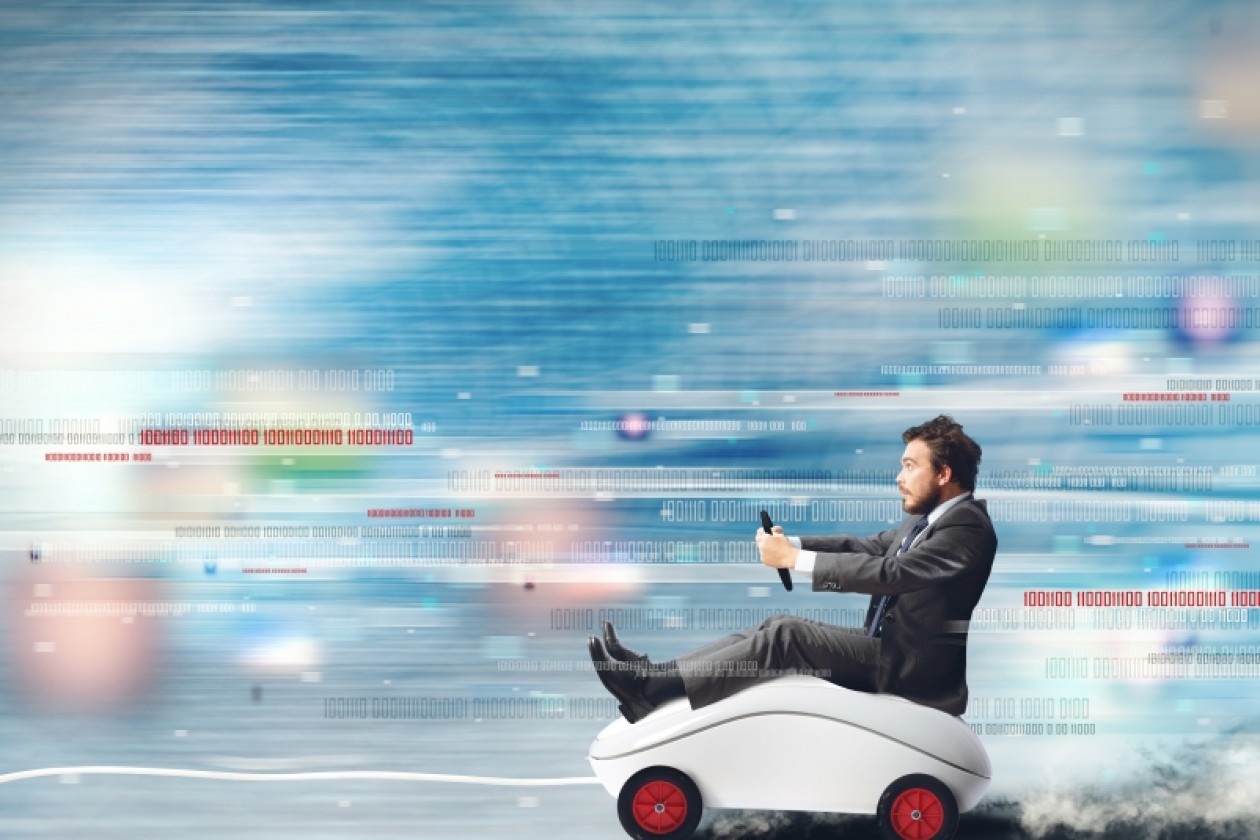The Internet of Things (IoT) has a data problem. Well, four data problems. Walking the halls of CES in Las Vegas last week, it’s abundantly clear that the IoT is hot.
Everyone is claiming to be the world’s smartest something. But that sprawl of devices, lacking context, with fragmented user groups, is a huge challenge for the burgeoning industry.
What the IoT needs is data. Big data and the IoT are two sides of the same coin. The IoT collects data from myriad sensors; that data is classified, organized, and used to make automated decisions; and the IoT, in turn, acts on it. It’s precisely this ever-accelerating feedback loop that makes the coin as a whole so compelling.
Nowhere are the IoT’s data problems more obvious than with that darling of the connected tomorrow known as the wearable. Yet, few people seem to want to discuss these problems:
Problem #1: Nobody will wear 50 devices
If there’s one lesson today’s IoT start-ups have learned from their failed science project predecessors, it’s that things need to be simple and turnkey. As a result, devices are designed to do one thing really well. A corollary of this is that there’s far too much specialization happening — a device specifically, narrowly designed to measure sleep, or eating speed, or knee health.
Unfortunately, nobody’s going to charge, manage, and wear 50 devices, looking like a demented garage-sale cyborg. VentureBeat’s Harrison Weber managed to try on 56 different wearables at CES.
With this many competitors, the industry will crash. Wearables today are a digital quilt, a strange patchwork of point solutions trying to blanket a human life. To achieve simplicity, companies have over-focused on a single problem, or a single use case, deluding themselves that their beach-head is actually a sustainable market. The aisles of CES were littered with digital yoga mats, smart sun sensors, epilepsy detectors, and instrumented snowboard bindings.
Problem #2: More inference, less sensing
Consider the aforementioned sun sensor. Do you really need a wristband that senses how much sunlight you’ve been exposed to? Or can your smartphone instead measure light levels periodically (which it does to determine screen brightness anyway), decide whether you’re outside, and check the UV index? The latter is inference, rather than sensing, and it’s probably good enough.
When the IoT sprawl finally triggers a mass extinction, only a few companies will survive. Many of the survivors will be the ones that can discover more information by inference, and that means teams that have a data science background.
Early versions of Jawbone’s wearable, for example, asked wearers to log their activity manually. More recent versions are smarter: the device notices a period of activity, guesses at what that activity was by comparing it to known patterns — were you playing basketball for a half hour? — and uses your response to either reinforce its guess, or to update its collective understanding of what basketball feels like.
For the full story, click here.








